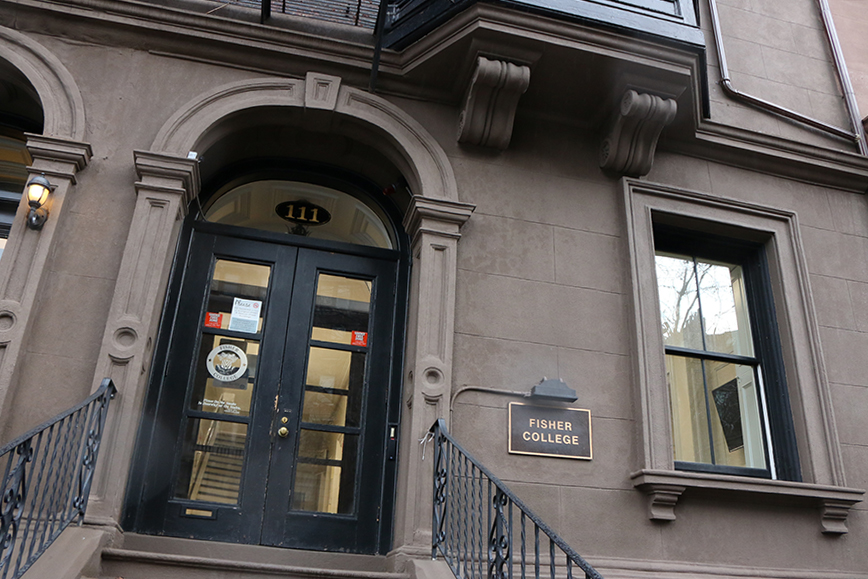
A review of enrollment statistics over the past 20 years found that 20 percent of the 118 four-year, private colleges in New England have seen their enrollment drop by at least 10 percent, The Boston Globe reported.
The Globe attributed the main cause of this decline to the shrinking number of high school graduates, which is expected to continue. Due to a majority of families having fewer children since the 2008 economic recession, the overall amount of high school graduates will continue to drop after 2025, they reported.
The bulk of schools affected by a dip in tuition share similarities in regard to high tuition costs and small campuses, according to the Globe.
This trend in declining enrollment is a result of competition between small universities, said Madhavi Venkatesan, an economics professor at Northeastern University. Not only are they competing for students, they are also competing for their tuition money, she said.
“Those who don’t have to compete, who have endowments, use tuition dollars to enhance the institution,” Venkatesan said. “Institutions with a good and strong brand around them tend to be the ones who dominate the markets. The universities that are smaller aren’t able to compete.”
Venkatesan said The Boston Globe report fails to account for rising tuition rates at community colleges across the country.
“There’s been a push for students to go to community college to get an associate’s degree before going to a private school for bachelor’s degree, that way you can lower the overall cost of your degree,” Venkatesan said. “So, you are seeing a lot of students doing that [now].”
Enrollment issues typically aren’t faced by bigger universities with more financial flexibility, but instead are challenged by smaller universities who can’t contest with rising costs, she said.
Newbury College saw the biggest drop in enrollment among the assessed schools, with an 86 percent drop, except two universities that merged with different schools, thus having no current students. The next biggest descent in enrollment occurred at Franklin Pierce University, which saw its acceptance dip 40 percent over the same time period.
Newbury College, after a request for an interview, declined to comment further on the matter.
Abigail Cox, a rising freshman at Newbury College, wrote in a Facebook message that this issue can be attributed to rising prices at smaller colleges.
“I’ve noticed a lot of people at my high school are saying they are not attending college,” Cox wrote. “The main reason being because they can’t afford it. If colleges didn’t charge so much for tuition … I don’t think this would be as big of an issue.”
Colleges have tried different methods to eradicate this issue, including expanding their social media presence, increasing financial aid and offering additional majors that could land jobs, the Globe reported. Some colleges have even launched intense recruitment procedures to entice students to transfer from other schools.
Another possible contributing factor to declining enrollment is that small colleges have run into trouble by over-expanding, said Kamran Dadkhah, an economics professor at Northeastern.
“I believe that this is the tip of the iceberg,” Dadkhah said. “In my view, and I hope I am wrong, but there is something looming over higher education … [it] expanded in every direction and a lot of investments were made.”
Dadkhah said there was surge in international students years ago that resulted in an expansion, though the number of these students has since dropped.
“One reason was because the population was increasing so the number of students was increasing,” he said. “There was a huge increase in foreign students, especially Chinese. There was an investment in making [new buildings], but in addition there is the cost of running them … in that way the cost has gone up.”
The solution requires acceptance, taking the necessary steps to reduce the problem and to plan for the future, Dadkhah said.
Ryan Green, a junior at Newbury College, wrote in a Facebook message that the affected schools, among a list of desired improvements, need to offer better financial aid. The college facilities also need improvements, an element that if enhanced, may lead higher enrollment rates, he said.
“In order for them to get more students, they need to expand the campus and renovate the dorm,” Green said. “They need more teachers and to offer more major options, as well.”























































































































Roy J Nirschel, PhD • Apr 15, 2018 at 6:38 am
The problems of small, private, underendowed, less selective schools are real. However, the 86% drop in enrollment at Newbury College over the past two decades is HIGHLY Misleading.
Newbury history enrolled over 5,000 part time students – who took one or two night classes – at discounted rates in high school basements, Bosco halls, offices. They were NOT full time students. To compare that number (that is how reporters are getting the 86% decline) is misleading.
I served as President of Newbury College from 1998-2001. As we faced significant deficits and debts from the prior administration and lack of regional accreditation by NEASC we focused on new academic programs, began the first fundraising in the history of the school (leading to record-setting gifts by new trustees) and cut the budget.
Finances improved and enrollment of full time and full time equivalent students stabilized at around 900 to 1000. While it is “shocking” to imagine a 86% enrollment decline it is not an accurate reflection of the past decade of the work that President Chillo, the faculty and staff are doing to provide quality career-education to its students.